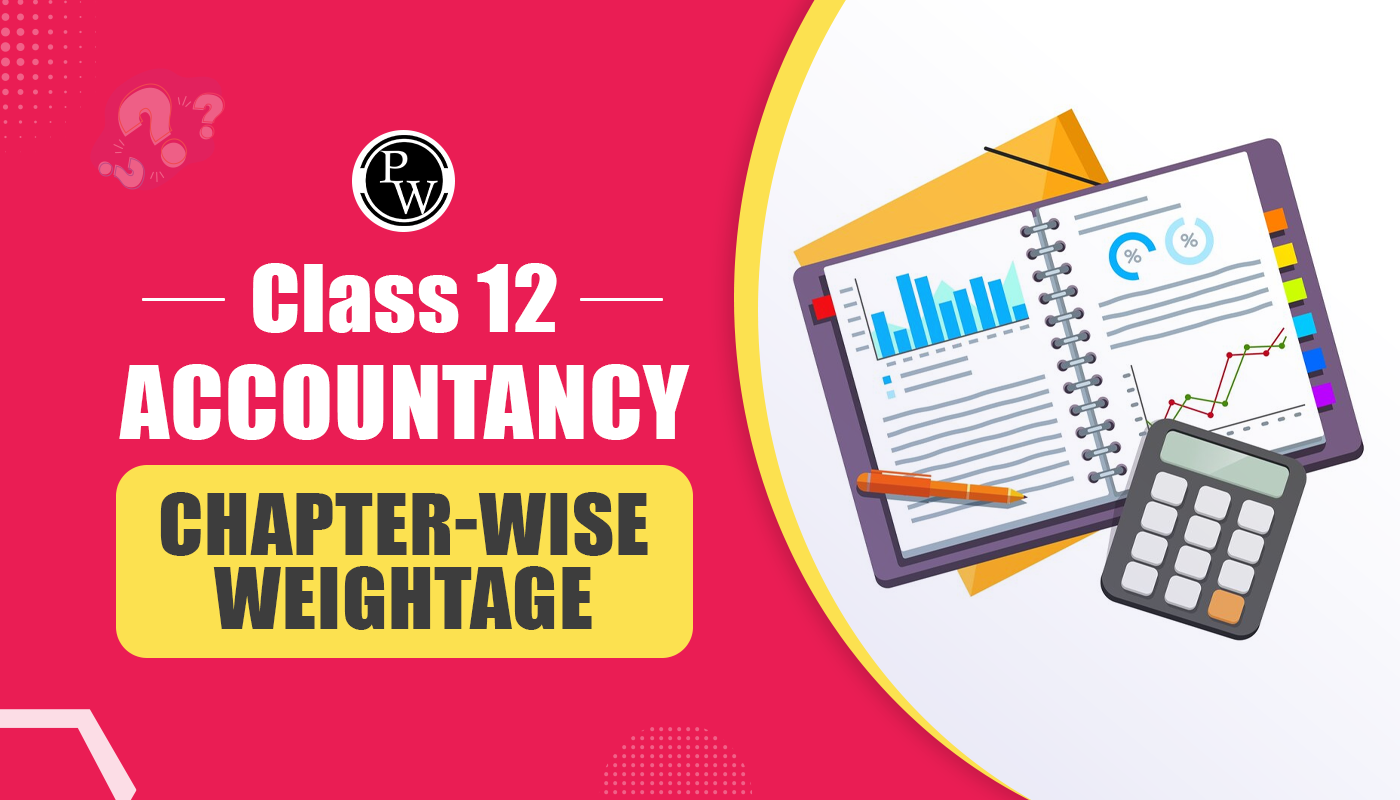
Intermediate goods are like the hidden heroes of the manufacturing world. While we may not notice them directly, they are equally important for creating what we use daily. From raw materials to partially finished parts, these goods are the building blocks that make our products possible. This article will define intermediate goods and what they are, why they matter, and how they are used in different industries. Whether making cars or building bridges, these goods are the key players connecting producers and consumers.
What Are Intermediate Goods?
Intermediate goods are items used to make other products but not sold directly to consumers. They are like building blocks used by manufacturers to create final products. Examples include raw materials like steel, plastic, and chemicals, which are essential in production but not sold directly to individuals. Understanding the concept of goods is crucial in comprehending the intricate process of creating a final product, also known as a consumer good. While some of these goods like salt are consumed directly by consumers, producers also use them to manufacture other food items. These goods, often semi-finished products, are not sold directly to consumers but are used in production to create final goods or services. They are traded between industries for resale or to contribute to producing other goods, effectively becoming part of the final product.How Intermediate Goods Work?
Intermediate goods can undergo multiple transformations before reaching their final product, with several intermediates contributing to a single consumer good. Sometimes, services are also part of the goods involved in the production chain. Value addition, a strategic approach, plays a significant role in assessing how goods contribute to a country's income. This method evaluates the value of a product at each stage of production, providing a clear understanding of the economic significance of intermediate goods. There are typically three options for utilising these goods:- A producer may create and use their intermediate items.
- Alternatively, a manufacturer might produce the goods and then sell them, a common practice across many sectors.
- Companies often purchase goods to produce a secondary intermediate product or manufacture a finished one.
- Eventually, all intermediate items merge into the final product or undergo significant modifications throughout the manufacturing process to achieve the final product.
| Also Read | |
| Fundamentals of Economics | Difference between Agency Theory and Stakeholder Theory |
| Brand Management Strategies | Privatisation: Meaning, Objectives, Methods, Advantage, Example |
Examples Of Intermediate Goods
These goods have all items manufactured, traded, or transformed to create a different final product for consumers. A broad spectrum of intermediary products exist that serve various purposes. These intermediary goods can be sold directly to consumers as finished products. When finished goods are utilised to craft another distinguishable item for sale. For instance, when someone purchases wood to construct a bookcase, the wood is considered a finished product. However, if someone buys a bookshelf, the wood within it becomes an intermediate product, aiding in creating the final product. Similarly, medium-priced items like steel are pivotal in constructing buildings, vehicles, bridges, and other commodities. Wood can be used for flooring and furnishings, while glass is used for windows and eyeglasses. Precious metals like gold and silver produce decorative items, fixtures, and jewellery. Additionally, certain electronic items, such as solar panels, incorporate precious metals. Examples of intermediate goods include:- Salt : A common intermediate good found in the final product of various consumable and non-consumable items.
- Wheat : Often incorporated into other products, particularly in the food industry, rendering it an intermediate item.
- Glass : Present in numerous finished products such as windows and doors, its purpose is slightly transformed.
- Steel: A vital intermediate good that facilitates the creation of final goods across industries like construction and transportation.
- Wood : Wood is an intermediate good processed in various ways to manufacture household items and construction materials.
- Precious metals : Metals like silver and gold contribute to various finished products, including jewellery and lifestyle accessories.
- Mechanical components : The numerous parts used in producing automobiles and machinery serve an overarching purpose when integrated into a finished product.
- Paint : Considered an intermediate good alongside other decorative substances, applied to final goods to enhance their visual appeal during production.
- Hardware : Fittings and hardware transition into intermediate goods as they combine and transform into final products.
Begin your journey towards academic excellence in Commerce with our comprehensive Class 11 Commerce courses . Master the CBSE syllabus with expert guidance and ace your exams. Enroll now!”
Intermediate Goods FAQs
What are intermediate goods, and can you provide examples?
Intermediate goods are essential components used in the production of final goods. Examples include wheat, soil, crude oil, steel, and sugar.
What distinguishes final goods from intermediate goods?
Final goods, or consumer goods, are products ready for direct consumption by end consumers without further processing. On the other hand, businesses utilise intermediate goods or services to produce goods.
How do intermediate goods impact international trade?
Intermediate goods play a significant role in shaping international trade dynamics. Countries may specialise in producing specific intermediate goods, leading to increased global trade and fostering economic interdependence among nations.
Talk to a counsellorHave doubts? Our support team will be happy to assist you!

Free Learning Resources
PW Books
Notes (Class 10-12)
PW Study Materials
Notes (Class 6-9)
Ncert Solutions
Govt Exams
Class 6th to 12th Online Courses
Govt Job Exams Courses
UPSC Coaching
Defence Exam Coaching
Gate Exam Coaching
Other Exams
Know about Physics Wallah
Physics Wallah is an Indian edtech platform that provides accessible & comprehensive learning experiences to students from Class 6th to postgraduate level. We also provide extensive NCERT solutions, sample paper, NEET, JEE Mains, BITSAT previous year papers & more such resources to students. Physics Wallah also caters to over 3.5 million registered students and over 78 lakh+ Youtube subscribers with 4.8 rating on its app.
We Stand Out because
We provide students with intensive courses with India’s qualified & experienced faculties & mentors. PW strives to make the learning experience comprehensive and accessible for students of all sections of society. We believe in empowering every single student who couldn't dream of a good career in engineering and medical field earlier.
Our Key Focus Areas
Physics Wallah's main focus is to make the learning experience as economical as possible for all students. With our affordable courses like Lakshya, Udaan and Arjuna and many others, we have been able to provide a platform for lakhs of aspirants. From providing Chemistry, Maths, Physics formula to giving e-books of eminent authors like RD Sharma, RS Aggarwal and Lakhmir Singh, PW focuses on every single student's need for preparation.
What Makes Us Different
Physics Wallah strives to develop a comprehensive pedagogical structure for students, where they get a state-of-the-art learning experience with study material and resources. Apart from catering students preparing for JEE Mains and NEET, PW also provides study material for each state board like Uttar Pradesh, Bihar, and others
Copyright © 2025 Physicswallah Limited All rights reserved.
Get App









